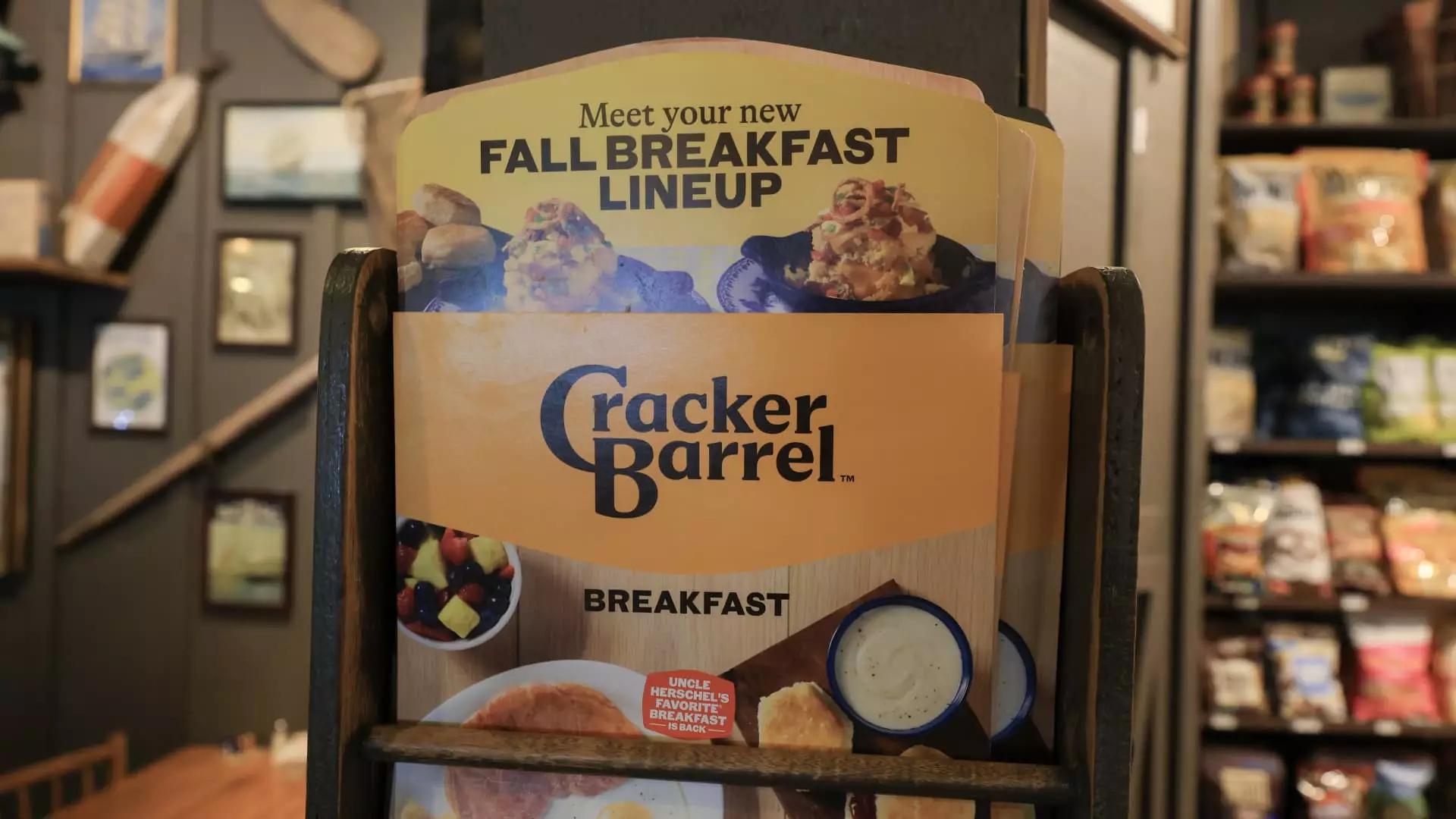In recent times, corporations have increasingly viewed branding updates as a pathway to rejuvenation and competitive edge. However, this strategy often masks deeper issues—the risk of alienating core customers and diluting brand essence. Cracker Barrel’s latest logo overhaul exemplifies this dilemma. The removal of its iconic image and the phrase “old country store” might seem like a modernizing step, but it signals a significant departure from the very charm that built its reputation. Instead of embracing a fresh identity in line with contemporary tastes, the move suggests a superficial attempt to chase trends at the expense of authenticity. The company’s assertion that the colors symbolize breakfast staples comes across as a flimsy justification that sidesteps the core concern: does this shift betray the brand’s heritage?
Messaging and Cultural Shifts: Navigating Unintended Echoes
Cracker Barrel’s leadership insists their core values—warm hospitality and a slice of Americana—remain unchanged. Yet, social media’s backlash exposes a disconnect: many long-time patrons see branding as more than imagery—it’s a symbol of tradition and regional pride. The criticism, especially from conservative voices, underscores a growing perception that corporate efforts toward modernization can sometimes veer into ideological signaling. Critics argue that decisions by CEOs, like Julie Felss Masino, are driven by an underlying desire to align with diversity, equity, and inclusion initiatives, often at the expense of the traditional customer base. While progressiveness is vital, it becomes problematic when it feels imposed upon a community that associates a brand with cultural roots. The controversy reveals a broader cultural conflict—modern corporate strategies increasingly risk alienating those they seek to serve.
Brand Authenticity in the Crosshairs
Despite assurances that the brand’s history remains intact, the physical and visual changes stir unease among loyal customers. The redesigned interiors, described as “lighter” and “more modern,” may appeal to a broader demographic, but at what cost? Authenticity isn’t rooted solely in aesthetic — it’s woven into the story, values, and relationships a brand fosters. As many see it, Cracker Barrel’s attempts at modernization threaten to erase the very essence of what made it uniquely American: a nostalgic haven for traditional family gatherings and country hospitality. This tension highlights an inherent risk for companies caught between evolving market demands and maintaining their identity. When a logo gets streamlined, it might attract a new audience, but at the potential expense of alienating the loyal, often older, customer base whose memories are embedded in the original branding.
Political and Social Influences: A Reckoning for Corporate Identity
The public discourse around Cracker Barrel’s rebranding is heavily colored by political and social narratives. Conservative commentators frame the logo change as an act of cultural capitulation—an abandonment of American tradition in favor of corporate appeasement toward progressive agendas. This is not an isolated phenomenon. The social media outrage echoes previous corporate missteps, such as Bud Light’s partnership with Dylan Mulvaney or American Eagle’s viral ads. These incidents illustrate how brands today are forced into a precarious balancing act—any perceived shift toward inclusivity or modernity is scrutinized heavily and can trigger significant backlash. Such controversies reveal that branding is no longer just about market position but also about identity politics, where cultural symbolisms carry substantial weight. Companies like Cracker Barrel risk becoming battlegrounds for ideological disputes, often with little regard for the nuanced intentions behind their strategic decisions.
The Economics of Cultural Signaling
Cracker Barrel’s relatively modest market cap suggests that it does not wield the same financial open doors as mega-corporations, yet its branding decisions seem to have outsized impact. The backlash that accompanied the logo change resulted in a visible dip in share prices and stirred a conversation about the true costs of cultural signaling. For some, the price of modernity is a quiet decline in brand loyalty and revenue, especially when core customers feel betrayed. The challenge for such companies is determining whether the benefits of appearing progressive outweigh the risk of lost traditional patronage. The ongoing remodels and rebranding efforts reflect a gamble: can modern aesthetics and inclusive messaging secure future growth without sacrificing authenticity? The answer, it seems, remains uncertain and highly contingent upon how well these companies understand and respect their cultural roots while navigating the shifting landscapes of social expectations.


Leave a Reply